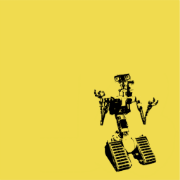JS for Physical Computing
Anna Gerber
Building interactive systems that sense
and act on (or respond to) the physical world
and act on (or respond to) the physical world
Applications
Interactive Art
Scientific Devices
Industrial Automation
Home Automation
Wearables
Personal manufacturing
e.g. 3D printers, CNC
e.g. 3D printers, CNC
Internet of Things
Gaming
Actuators
Light
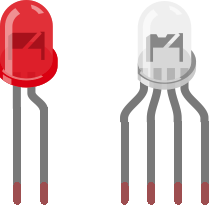
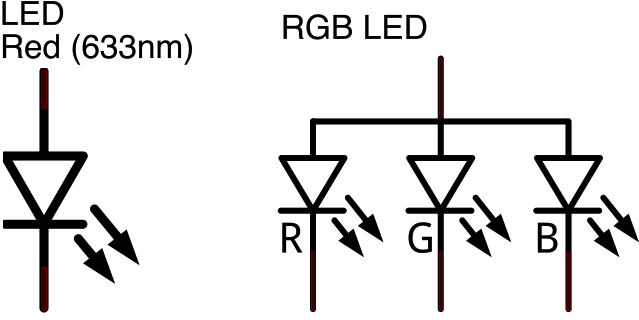
e.g. LED - Light Emitting Diode
Sound
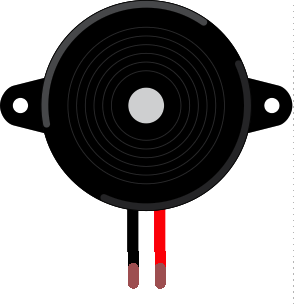
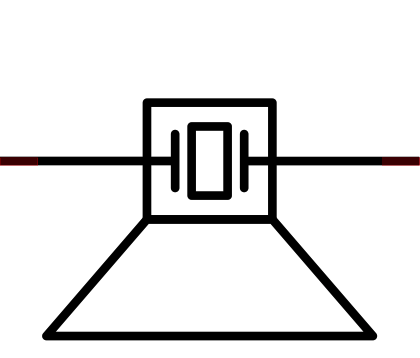
e.g. Piezo Buzzer
Motion
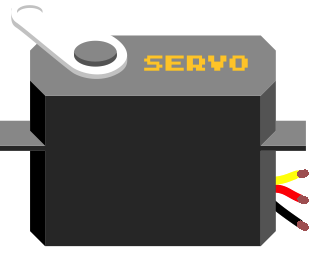
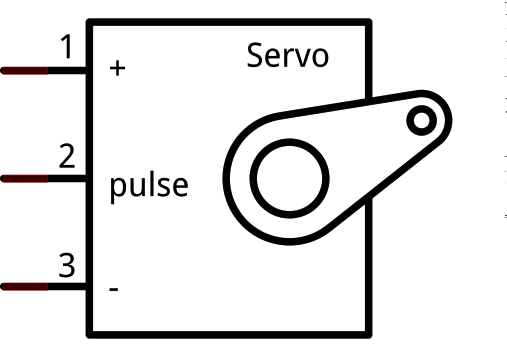
e.g. servo
Power

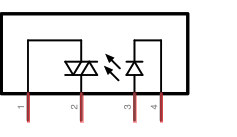
e.g. relay
Sensors

-
Environmental conditions
(e.g. temperature, humidity, smoke, magnetic) - Light (e.g. photo resistor)
- Sound (e.g. microphone)
- Motion (accelerometer, tilt, pressure)
Microcontrollers e.g. Arduino
Platforms
Embedded Linux device e.g.
Raspberry Pi, Beaglebone
Raspberry Pi, Beaglebone
Talking to hardware using JS
Arduino Communication via Firmata
General purpose IO for Raspberry Pi
i2c for Raspberry Pi, Beaglebone
Servo Control
with Johnny Five
with Johnny Five
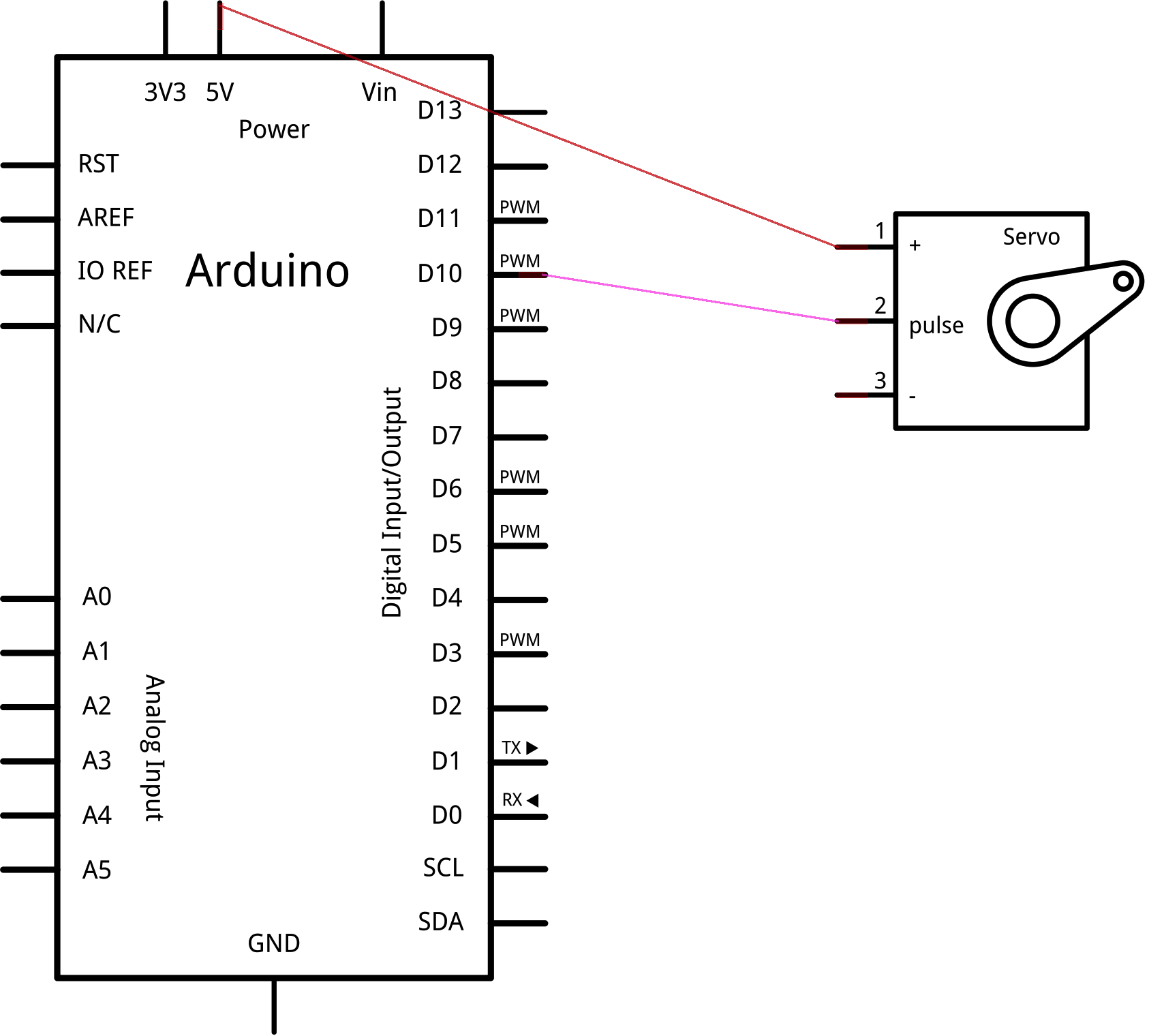
var five = require("johnny-five"),
board, servo;
board = new five.Board();
board.on("ready", function() {
mouthServo = five.Servo({
pin: 10,
range: [ 0, 120 ]
});
mouthServo.sweep();
});

